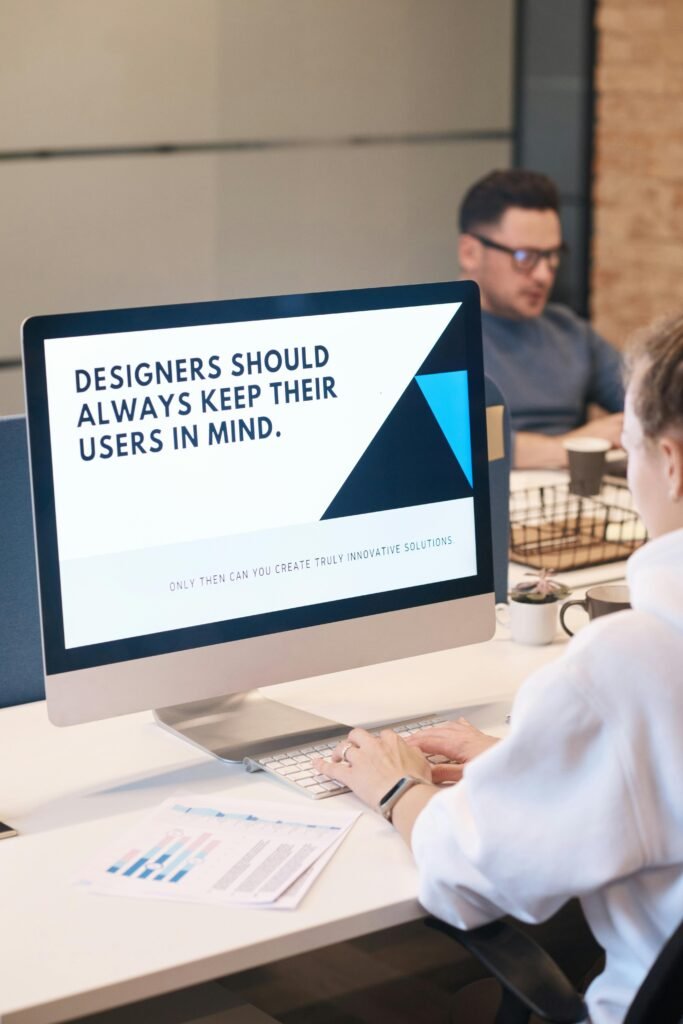

Introduction
In today’s fast-changing digital landscape, User Experience (UX) is a fundamental pillar in designing products and services that genuinely connect with users. A UX designer is not just a visual creator but also a researcher, strategist, and innovator, combining empathy and logic to deliver impactful user-centered solutions.
As highlighted by the Nielsen Norman Group, effective UX design prioritizes usability, contextual relevance, and alignment with user expectations. This article covers essential skills that every modern UX designer should master, along with practical examples from global leaders in the industry.
1. 🧠 Research & Analytical Skills
Strong UX begins with deep user understanding. Research enables designers to make informed decisions based on data rather than assumptions.
Key Skills:
- User Interviews
- Conducting interviews to understand user motivations and pain points.
- Example: LinkedIn improved its onboarding by identifying user struggles during profile creation.
- Data Analysis
- Leveraging tools like Google Analytics and Hotjar to uncover behavioral patterns.
- Example: Booking.com redesigned a poorly placed “Book Now” button using heatmaps, increasing conversions.
- Personas
- Creating personas to represent different user types.
- Example: Amazon focused on repeat buyers, leading to a streamlined one-click purchase process.
- User Journey Mapping
- Mapping touchpoints to identify friction areas and optimize user flow.
2. 🧩 Design & Planning Skills
A UX designer’s creativity must be structured through clear planning and iteration.
Key Skills:
- Information Architecture (IA)
- Structuring content for clarity and usability.
- Example: GOV.UK applied IA principles to simplify navigation, setting a global benchmark in public service UX.
- Wireframing & Prototyping
- Creating low-to-high fidelity prototypes using tools like Figma, Adobe XD.
- Example: Spotify validated new playback flows through prototypes before full development.
- Interaction Design
- Designing intuitive and responsive behaviors.
- Example: Facebook refined the “Like” button through multiple interaction tests.
- User Flows
- Mapping task flows to ensure users can achieve their goals effortlessly.
3. 🎨 Visual & Technical Skills
A well-designed UI enhances usability, accessibility, and brand perception.
Key Skills:
- UI Design
- Crafting visually clear, engaging, and accessible interfaces.
- Example: Apple excels in minimal UI, emphasizing intuitive interaction and clarity.
- Design Systems
- Developing reusable components for brand consistency.
- Responsive Design
- Ensuring consistent experiences across devices.
- Example: Airbnb prioritizes mobile-first design, optimizing bookings on smartphones.
4. 💬 Communication & Collaboration Skills
UX design is inherently collaborative, requiring alignment with diverse stakeholders.
Key Skills:
- Cross-functional Collaboration
- Working with developers, marketers, product managers.
- Example: Microsoft fosters cross-team UX development, ensuring cohesive product experiences.
- Storytelling
- Using narratives to convey design ideas effectively.
- Feedback Iteration
- Continuously refining designs based on user and team feedback.
- Example: Slack holds weekly feedback loops to evolve its interface.
5. 🔁 Evaluation & Iteration Skills
Iterative improvement is a cornerstone of great UX design.
Key Skills:
- Usability Testing
- Observing users to detect real-world usability issues.
- A/B Testing & Metrics
- Validating design changes through performance comparison.
- Example: Netflix increased viewer engagement by 20% with a redesigned detail page using A/B testing.
- Iterative Design
- Refining designs based on user feedback and analytics.
- Example: Duolingo constantly evolves its UI based on test-driven insights.
Conclusion
A UX designer blends data-driven insights, creative problem-solving, and human empathy to craft seamless digital experiences. These competencies make UX professionals essential in building products that are not only usable but truly enjoyable.
📚 Recommended Reading:
- Nielsen Norman Group
- UX Collective
- Smashing Magazine – UX
- Adobe XD Ideas
- Material Design by Google
